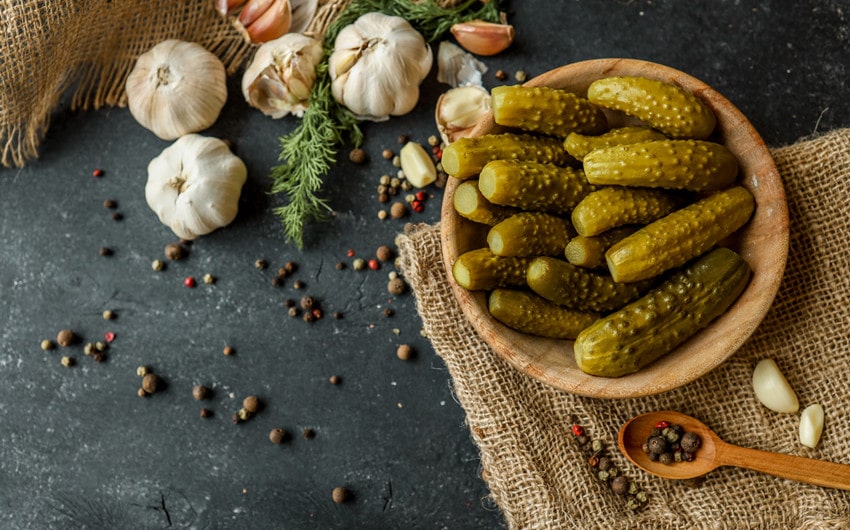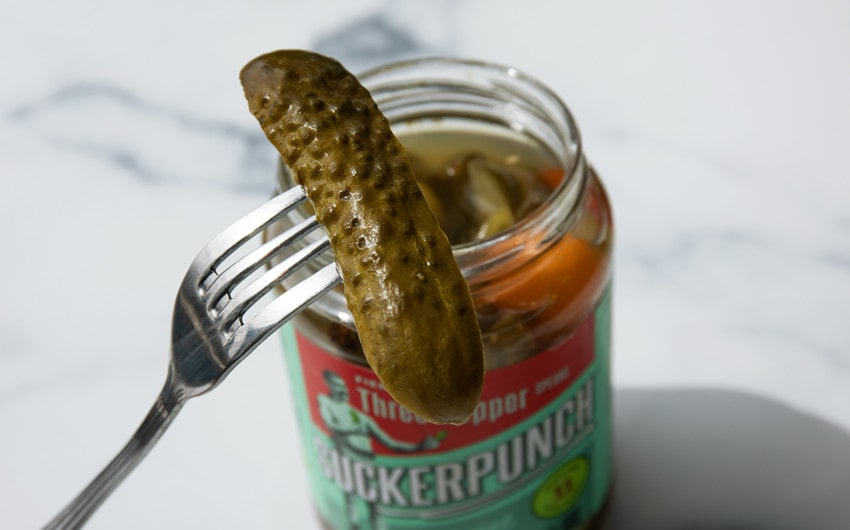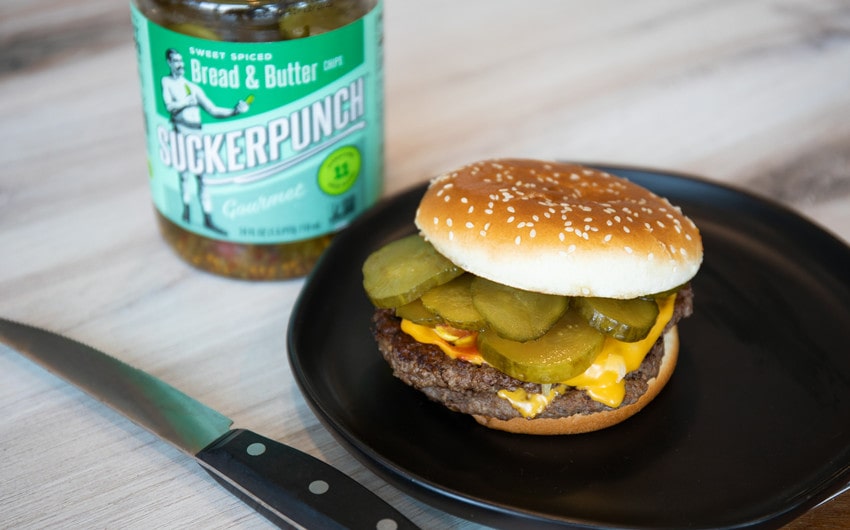Do Pickles Have Calories? Find Out Before Your Next Snack
Pickles are a go-to snack for so many of us—whether you’re adding them to burgers, stacking them on sandwiches, or just grabbing a crunchy spear straight from the jar. They’re tangy, satisfying, and somehow feel like a guilt-free treat. But when you’re keeping an eye on your diet, a simple question pops up: do pickles have calories? It’s something most of us don’t think about until we’re tracking every bite.
If you’re wondering whether those salty, sour bites are sneaking extra numbers into your day, you’re in the right place. Let’s dive into what you need to know.
What Are Pickles Made Of?
At their core, pickles are simply cucumbers that have been preserved in a solution known as brine. This mixture typically consists of water, vinegar, salt, and a variety of seasonings like dill, garlic, mustard seeds, and peppercorns. The brining process not only preserves the cucumbers but also infuses them with intense flavor, giving pickles their signature tangy taste.
There are several types of pickles depending on the ingredients and methods used. Some pickles are fermented, allowing natural bacteria to create a sour flavor without the heavy use of vinegar. Others, like quick pickles, are simply soaked in a seasoned vinegar solution for a short period. The choice of spices and the method of preservation can slightly alter the nutritional makeup of the final product, including their calorie content.
Do Pickles Have Calories? (Breakdown by Type)
Yes, pickles do have calories, but the amount can vary greatly depending on the type of pickle you’re eating. A plain dill pickle is often extremely low in calories, making it a great option for those watching their intake. However, sweet pickles, bread and butter pickles, and other flavored varieties can contain more calories due to added sugars and other ingredients.
The number of calories a pickle contains also depends on its size and how it’s prepared. A small dill pickle spear might contain just 4–5 calories, while a larger, sweeter pickle could have 20–30 calories or more. Knowing these differences is important if you’re counting calories closely. Let’s look at the breakdown by popular types of pickles.
Dill Pickles
Dill pickles are arguably the most common and are typically the lowest in calories. Made with a simple brine of vinegar, salt, and dill weed, these pickles are more about flavor than sweetness. A medium-sized dill pickle (about 35 grams) contains around 5 calories.
Because dill pickles are very low in sugar and fat, they are often considered a “free food” on many dieting plans. You could eat several dill pickle spears and barely make a dent in your daily calorie allowance. However, while they’re low in calories, they are usually high in sodium, which is something to keep an eye on.
Sweet Pickles
Sweet pickles are made with a brine that includes sugar or sweeteners, which bumps up the calorie content quite a bit. A medium sweet pickle can contain anywhere from 20 to 30 calories depending on the brand and recipe used.
The added sugar not only impacts the calorie count but also can affect blood sugar levels, making sweet pickles less ideal for people managing diabetes or trying to cut back on carbs. While they still make for a tasty snack, sweet pickles are not as diet-friendly as their dill counterparts.
Bread and Butter Pickles
Bread and butter pickles are a popular choice for burgers and sandwiches, offering a sweet-and-sour flavor. These pickles are also made with sugar, but typically less than what’s used in traditional sweet pickles. A serving of bread and butter pickles can contain about 25–30 calories per 35-gram serving.
Even though they have a moderate calorie count compared to sweet pickles, bread and butter pickles still need to be enjoyed in moderation if you’re aiming to maintain a low-calorie diet. Their irresistible tangy-sweet flavor can make it easy to eat several servings without realizing it.
Gherkin Pickles
Gherkins are small, often very crunchy pickles that can be either sweet or sour. A sour gherkin has about 5–7 calories, whereas a sweet gherkin might pack in around 20 calories per small pickle.
Their small size makes them perfect for snacking or for adding flavor to charcuterie boards, but again, it’s important to check the label if you’re picking sweet varieties. A handful of sweet gherkins can quickly add up in calories if you’re not careful.
Nutritional Benefits of Pickles
Pickles offer more than just a satisfying crunch; they bring some surprising nutritional benefits to the table. Let’s break it down into key areas.
Low in Calories and Fat
For those trying to reduce their daily calorie intake, pickles—especially dill and sour types—can be a dream come true. Most pickles have fewer than 10 calories per serving and are virtually fat-free. This makes them an excellent choice for curbing cravings without throwing your diet off balance.
Pickles can help provide that feeling of satisfaction when you’re craving something salty or tangy, all without significant caloric consequences. This is one of the reasons they are often incorporated into weight-loss plans and low-calorie snacks.
Rich in Vitamins and Minerals
Despite their tiny size, pickles can pack a punch of essential nutrients. Many pickles, particularly those made from cucumbers, are a good source of vitamin K, which plays a crucial role in blood clotting and bone health.
Additionally, pickles may provide small amounts of potassium, which helps regulate fluid balance and muscle contractions. However, the potassium content can vary based on how the pickles are processed.
Probiotic Potential in Fermented Pickles
If you’re choosing naturally fermented pickles (the kind found in the refrigerated section), you might also get a dose of probiotics. These “good bacteria” can promote gut health, aid digestion, and strengthen the immune system.
It’s important to note that not all pickles contain probiotics—only those fermented naturally without vinegar. Always check the label or ask if you’re buying from a farmers market to be sure you’re getting the probiotic benefit.
Things to Watch Out For
While pickles can be a nutritious snack, there are a few important things to keep in mind when adding them to your diet. Here’s what you should watch for:
High Sodium Content
One of the biggest nutritional concerns with pickles is their salt content. A single dill pickle spear can contain over 300 milligrams of sodium, and consuming several can easily put you over your recommended daily limit.
Excessive sodium intake is linked to high blood pressure and increased risk of heart disease. If you’re on a low-sodium diet, you’ll need to be especially careful about how many pickles you eat or look for reduced-sodium varieties.
Added Sugars
As mentioned earlier, sweet pickles, bread and butter pickles, and other flavored varieties often contain significant amounts of added sugars. These added sugars not only increase calorie content but can also negatively impact blood sugar levels and contribute to weight gain if consumed in excess.
Reading the nutrition label is crucial to understand how much sugar is added. If you’re aiming for a lower-sugar diet, dill or sour pickles are usually the better choices.
Vinegar and Acidity
The vinegar used in many pickles can cause problems for individuals with sensitive stomachs or acid reflux. Consuming too many pickles can exacerbate acid reflux symptoms and lead to digestive discomfort.
If you notice that eating pickles causes heartburn or upset stomach, it might be best to limit your intake or choose pickles that are fermented rather than heavily vinegar-based.
Are Pickles Good for Weight Loss?
Pickles can absolutely fit into a weight loss plan, but like anything else, moderation is key. Their low calorie count makes them an attractive option when you need a crunchy snack without blowing your calorie budget.
Dill and sour pickles in particular are fantastic for weight loss because they are satisfying and flavorful while being extremely low in calories. Adding a pickle spear to your lunch plate or enjoying a few slices as a snack can curb cravings without leading to overeating.
However, the high sodium content in most pickles can cause your body to retain water, leading to temporary bloating and weight fluctuations. While this isn’t fat gain, it can be discouraging if you’re closely tracking the number on the scale. Choosing low-sodium options or making your own pickles at home can help avoid this problem.
Another consideration is that sweet pickles, due to their sugar content, are less ideal for weight loss efforts. The extra calories from sugar can add up quickly, especially if you’re snacking mindlessly. Sticking with sour or dill pickles ensures you get the flavor without the unnecessary calories.
If you’re using pickles strategically—as a flavor booster in salads, wraps, or alongside lean proteins—they can definitely be a helpful part of your weight management journey. Just be sure to balance your pickle consumption with plenty of fresh vegetables, lean proteins, and other whole foods.


